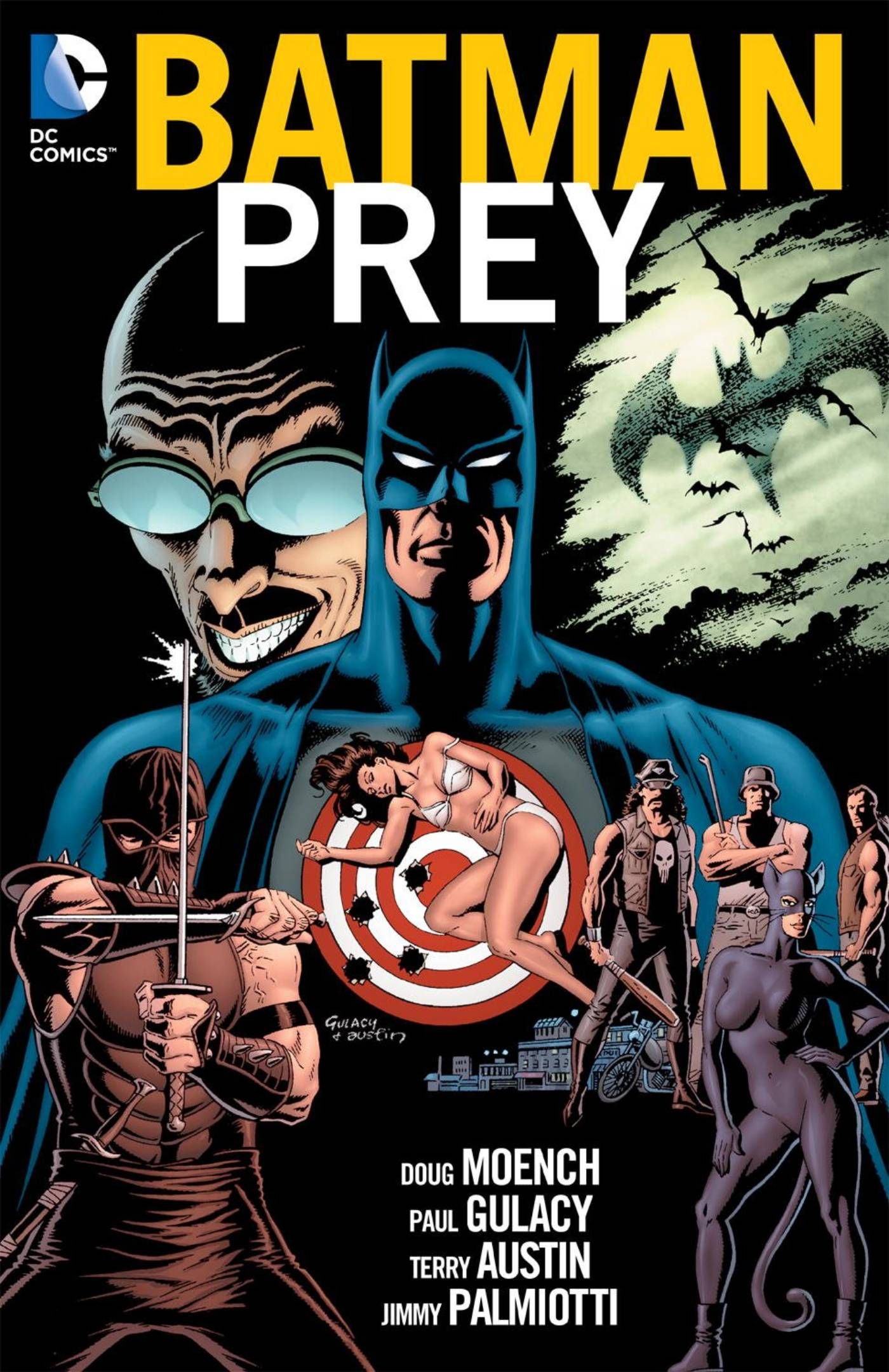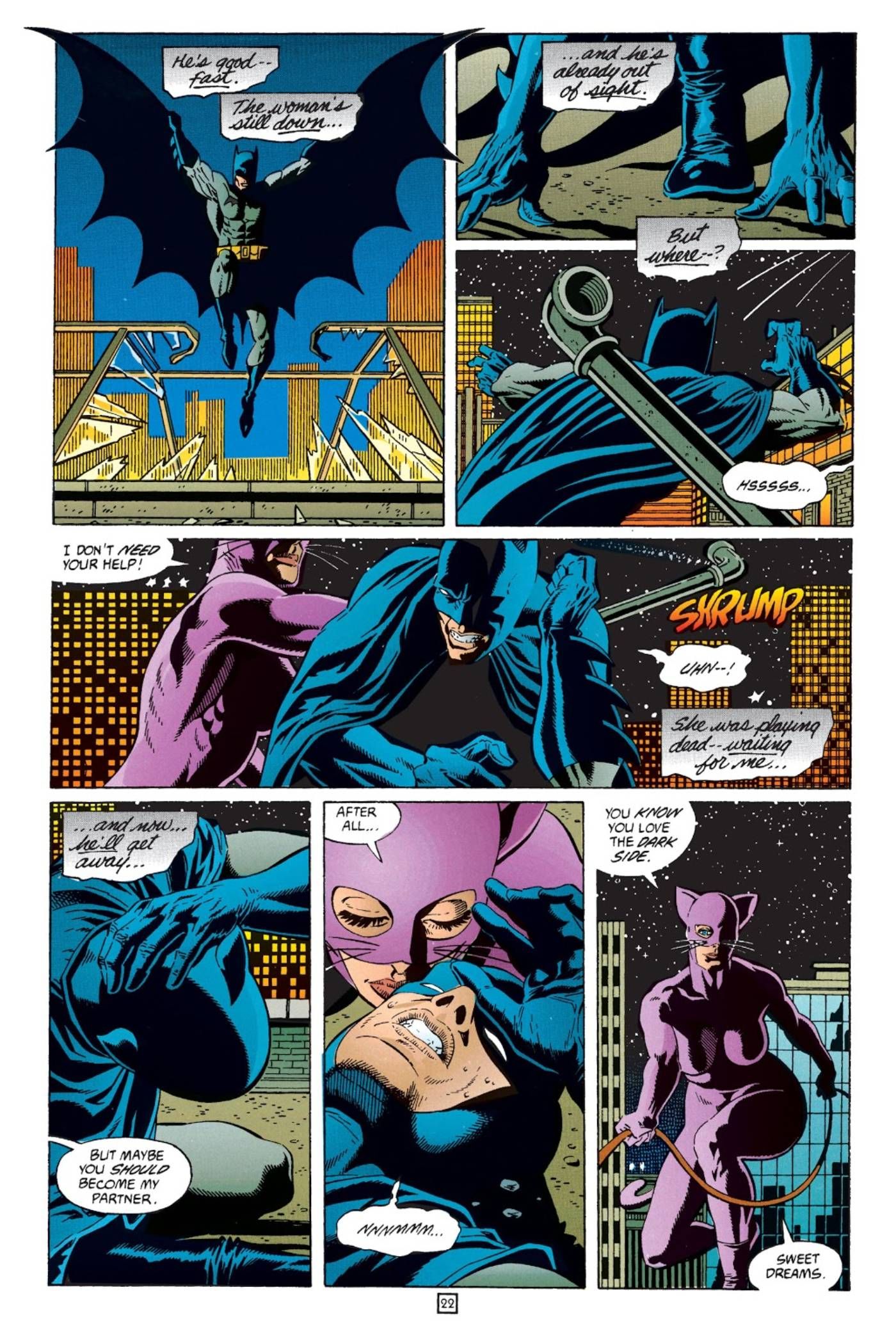One of the most underrated Batman comic book storylines is a stealth sequel to Frank Miller’s Batman: Year One. Set during the early years of the Dark Knight’s career, Batman: Prey (1990) is basically a followup to the iconic retelling of Batman’s origin story. Miller reintroduced central characters in a new light, such as Selina Kyle AKA Catwoman and Commissioner Gordon in his humble beginnings as a detective. Writer Doug Moench expands Batman’s relationships with both Catwoman and Gordon, creating a sense of continuity with Year One.
Miller’s reimagining of the Batman mythos in 1987 redefined the character for both longtime fans and new readers, influencing future creators across all storytelling mediums. While Dennis O’Neil had been credited with reinventing the Caped Crusader by emphasizing his role as a detective, much like the earlier Detective Comics and Batman title by Bill Finger, Miller pressed into the grounded, real world approach. Batman had already been favored in contrast to other superheroes in the DC Universe for being particularly human, which allowed Year One to cement that take by rewriting his backstory. After Bruce Wayne returns home from traveling the world, he utilizes his martial arts training by becoming Batman, and quickly builds a friendship with a new detective he trusts, Jim Gordon. By reestablishing the Dark Knight’s roots, Miller provided a fresh foundation for other comic book writers to build upon at the time.
Although it isn’t an official direct sequel to Batman: Year One, Batman: Prey focuses on many of the same elements, depicting Batman with flaws he still needs to work out. It takes place just a few years later in the timeline of the Caped Crusader’s war on crime. Batman: Prey is comprised of Batman: Legends of the Dark Knight #11–15 which were written by Doug Moench with art by Paul Gulacy and Terry Austin, and colors by Steve Oliff. Similarly taking place in the early days of Gotham City’s vigilante, Batman is learning how to interact with the police, with Captain Gordon as his only legitimate ally.

Since Year One ended with Jim’s promotion to lieutenant, Prey continues to see his progress through the ranks of the GCPD, before he becomes commissioner. Meanwhile, Selina has taken on a cat-themed costume of her own as Catwoman, after first encountering Batman in Miller’s origin. Reflecting Batman’s growth as a crimefighter, she is expanding her criminal interests.
Continuing in the realistic approach to the Batman mythos, the storyline is centered around the deranged and obsessive psychologist, Dr. Hugo Strange. Since Batman is a fairly new phenomenon in Gotham City, he is possessed with discovering who is under the mask, and seeks to discredit his mission. In the process, Bruce has to reevaluate himself and recognize what separates himself from those he fights every night on patrol, often sending to Arkham Asylum. While Batman: Prey elaborates on themes from Year One, it also pushes Batman forward in his journey, learning valuable lessons, prompting him to eventually become the quintessential version of the character.
Despite the fact that artist David Mazzucchelli was not attached to Batman: Prey, and the looks of some characters differentiate from his portrayal of them, Moench directly references events from Year One. Batman’s friendship with Captain Gordon is mentioned to predicate on the moment that the Caped Crusader rescued his son. Prey’s inclusion of handwritten narration can also be understood as a continuation of the style implemented in Miller’s story, as both Bruce and Jim documented their lives through journals.

Similar to Year One, Prey follows in its ‘point of view’ storytelling, as it caters to Bruce’s internal perspective. Whereas Miller depicted Gotham City pushing Bruce to finally become Batman, Moench shows how the public’s response to his crusade affects him mentally. When Batman is framed for crossing the line, many are quick to believe the headlines. Instead of focusing on street thugs or crime bosses like Carmine Falcone, Prey depicts an institutionalized evil in the form of Dr. Hugo Strange. His iteration of the psychologist is considered to be one of the key storylines that affected the villain’s characterization going forward in the DC Universe.
While Batman: Prey doesn’t dramatically reinterpret the rest of the Batman mythos in the sense that Miller had, it comes across like an authentic continuation of his reimagined origin story. Similarly, other writers took the baton passed from Miller, like Jeph Loeb and Tim Sale’s Batman series known famously for the Gotham City mystery of the “Holiday Killer,” Batman: The Long Halloween. For fans craving a simple continuation of the graphic novel that changed Batman forever, Batman: Prey is a stealth sequel worth reading.




